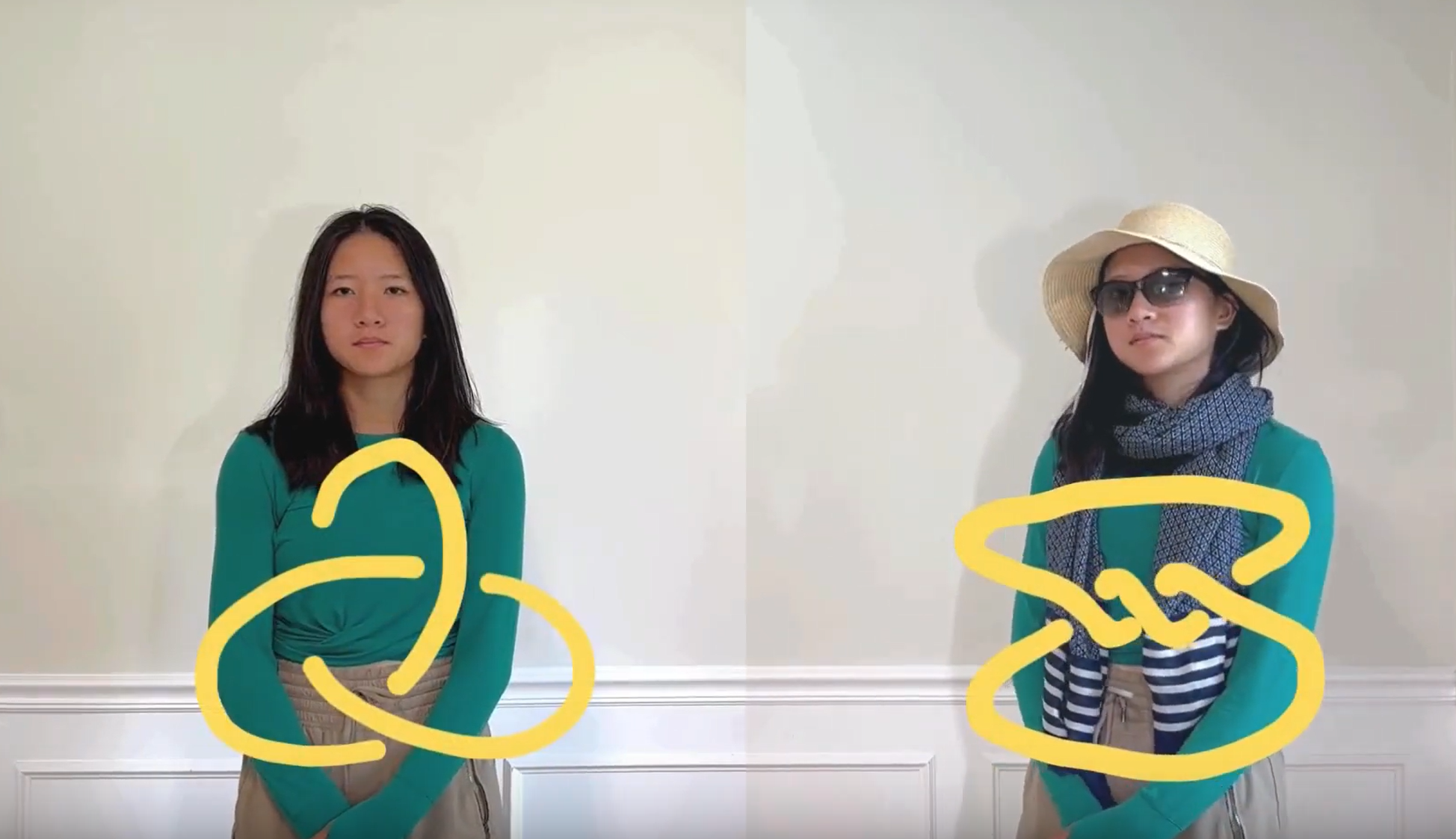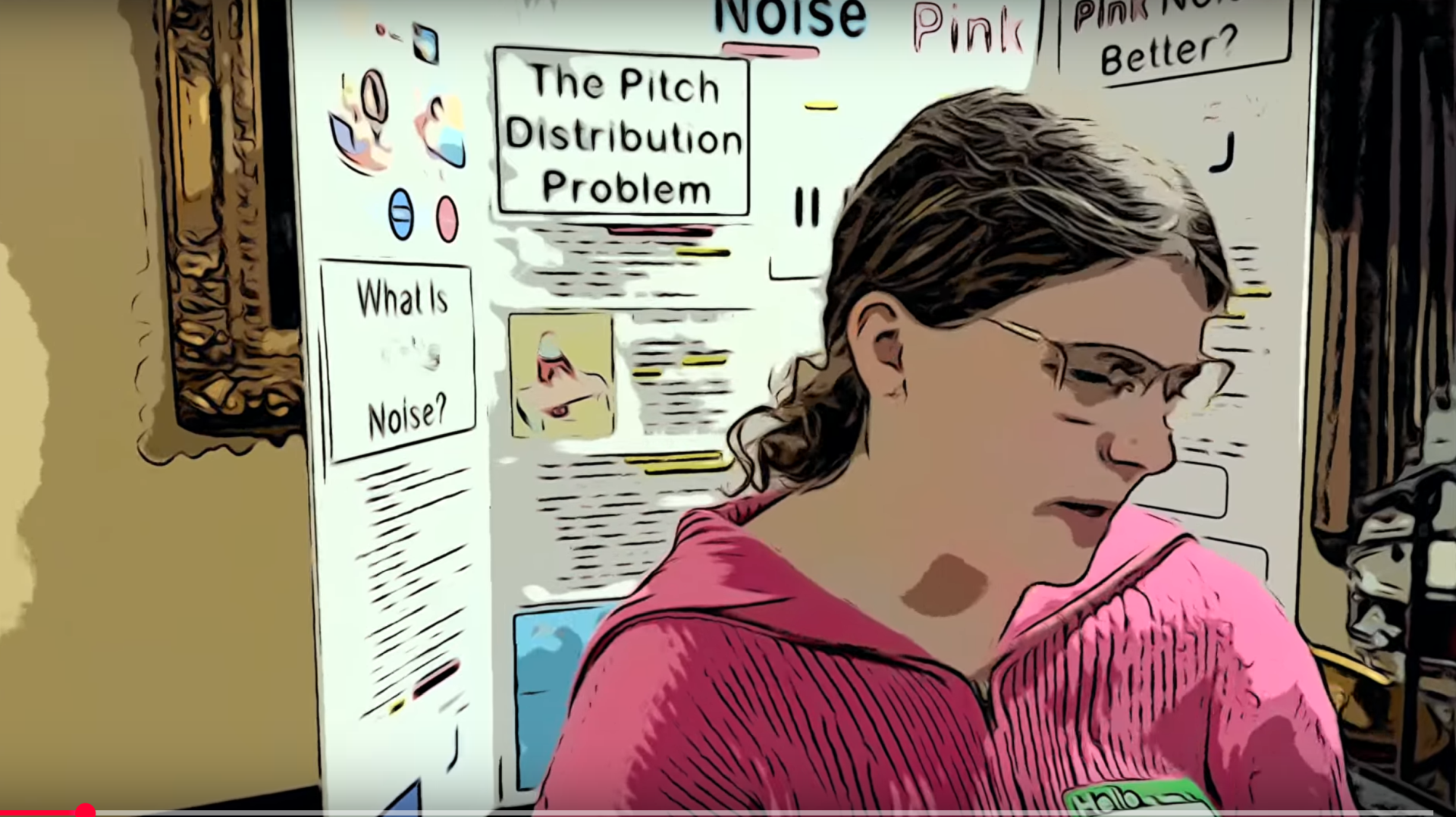Math Monday: The Twisted Torus
AUGUST 2, 2010
[sharethis]
A twisted torus is a donut which twists as it closes on itself. It is a visually engaging mathematical design used by many artists through the ages. The origins of the idea are unknown, but below is a woodcut, published by the German graphic artist Johannes Lencker in 1567, which shows that the idea has been around for a long time.
Many twentieth century sculptors, such as Charles Perry and Heleman Ferguson, have adapted the form to modern abstract sculpture. But how can you make your own twisted torus? Below is an elegant solution from the 16th century: a twisted torus in the Schloss Ambras Museum, assembled from seventy-six identical wood components.
Each piece has a slot for the next to pass through and there is enough play in the slots for the chain to be twisted slightly before closing into a loop. It is a visual puzzle to figure out how the ring was closed. If you make many copies of the basic unit sketched below, you can try to solve the puzzle and assemble them into your own twisted torus.
Bret Rothstein of Indiana University has studied this object to understand its art historical significance and has also made a modern reproduction in walnut. If you want to make your own copy, and have access to a 3D printer, there’s more information and .STL files to make the components here.
This article first appeared on Make: Online, August 2, 2010.















